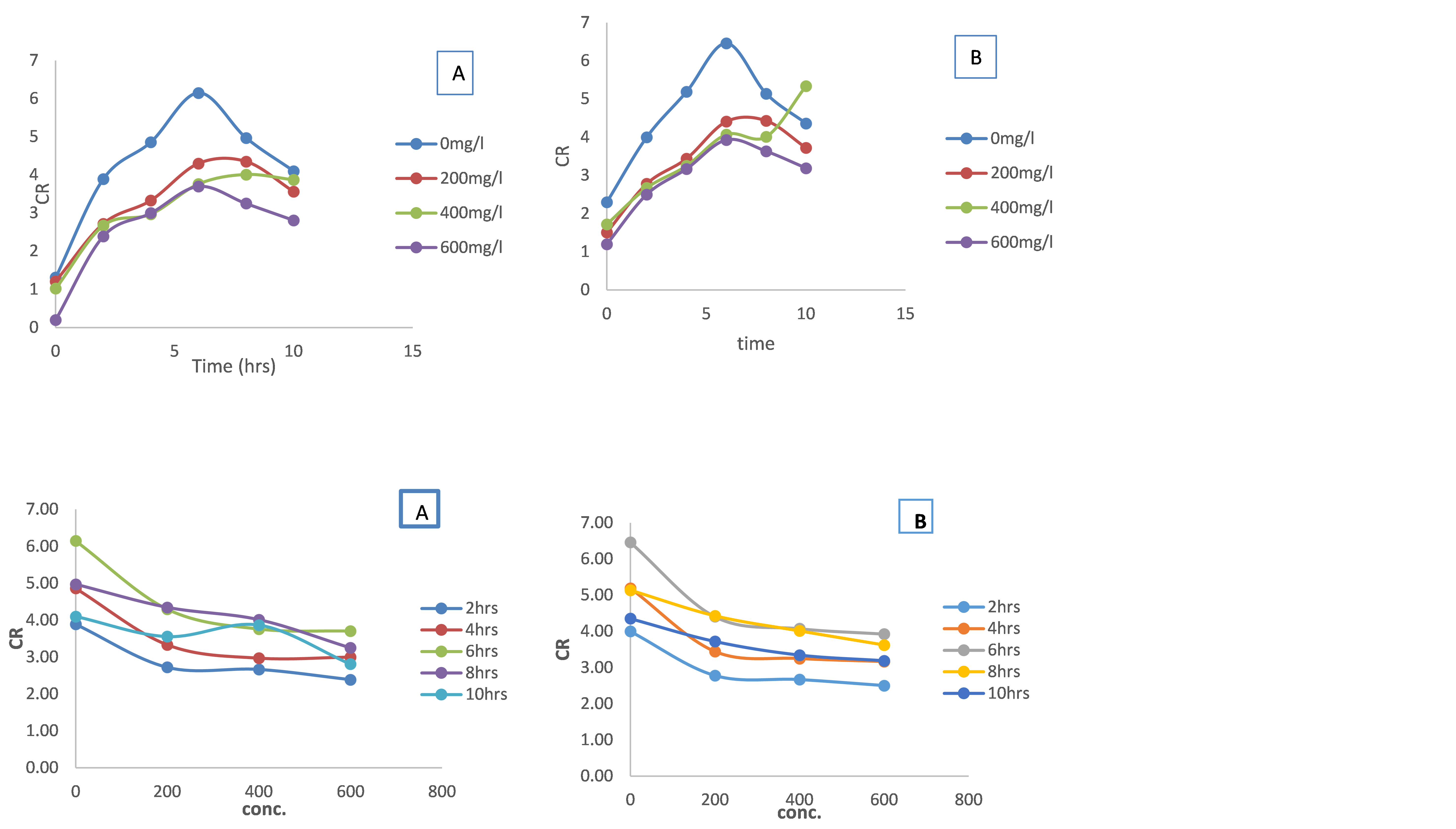Watermelon Rind Extract as a Green Corrosion Inhibitor for Mild Steel in Acid media
Keywords:
WMRE, mild-steel, Green inhibitor, GC-FID, EDX and SEMAbstract
In this work, the juice from watermelon rinds, known as watermelon rind extracts (WMRE), was extracted and employed as a potent corrosion inhibitor on mild- steel in 1 M HCl. An evaluation of WMRE's ability to reduce mild steel corrosion in 1 M HCl was conducted using gravimetric measurements. Fourier transform infrared (FTIR) spectroscopy was used to ascertain the chemical composition of WMRE, while GC-FID was used to investigate its phytochemical components. The scanning electron microscope (SEM and EDX) gave further information about the surface shape and configuration. The findings showed that an enhanced inhibition efficiency (from 50.32 to 88.41%) was attained by raising the inhibitor concentration (from 100 to 600 mg/l) at a modest operating temperature of 303 K. The organic functional groups responsible for the inhibitory activity were identified by the FTIR findings. Furthermore, GC-FID demonstrated that the mild steel was shielded from corrosive conditions by the active phytochemical components that were adsorbed on its surface and contained WMRE. The development of an adsorbed inhibitor protective layer on the steel surface was demonstrated by SEM and EDX analyses. Accordingly, the thermodynamic kinetic characteristics of WMRE adsorption on mild-steel surface sites follows the Frumkin > Langmuir > Temkin adsorption isotherm respectively.


